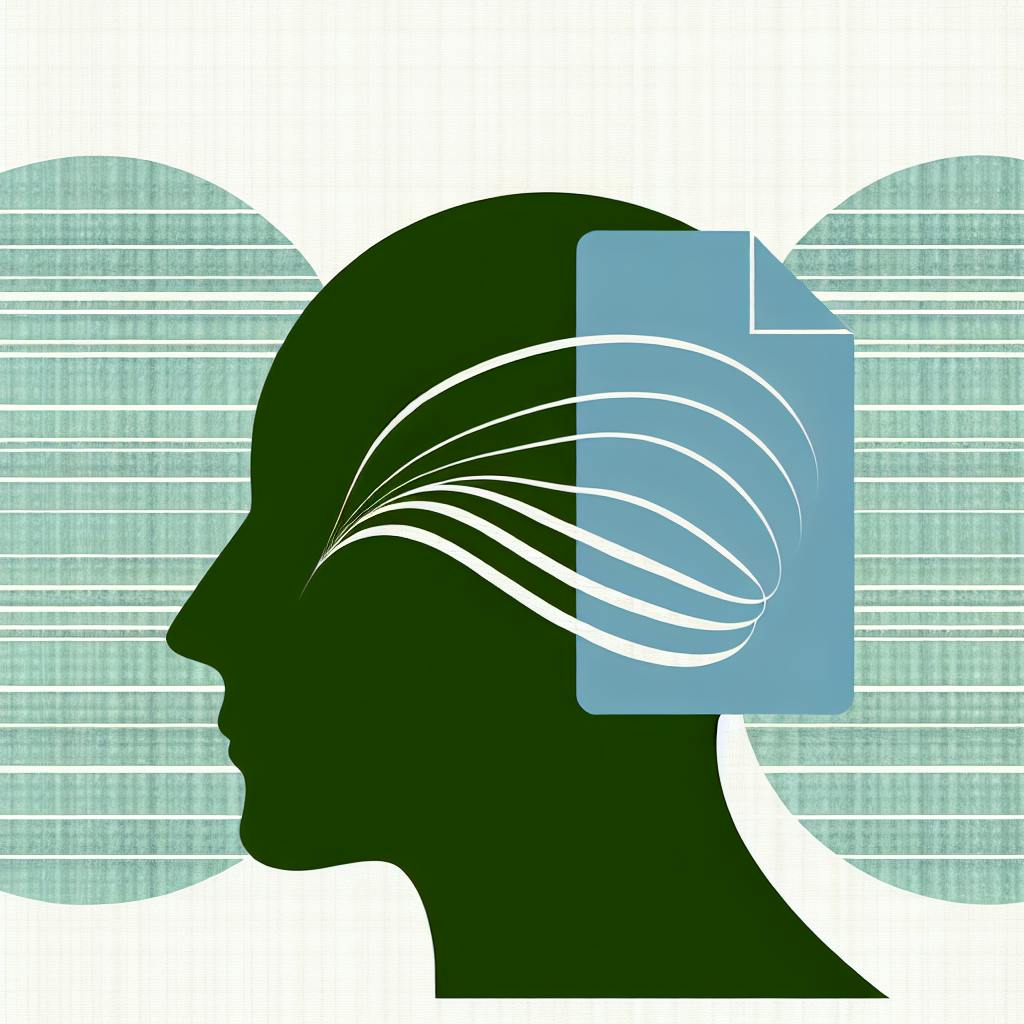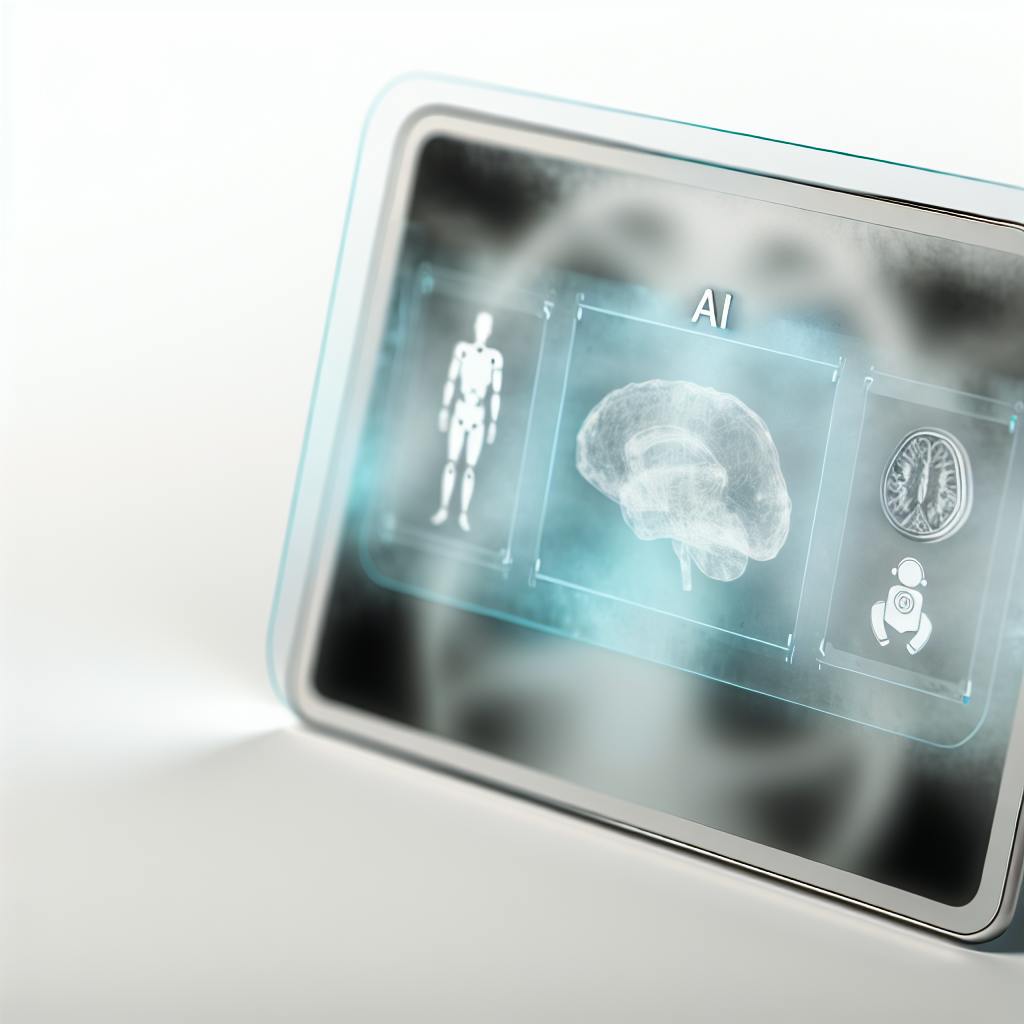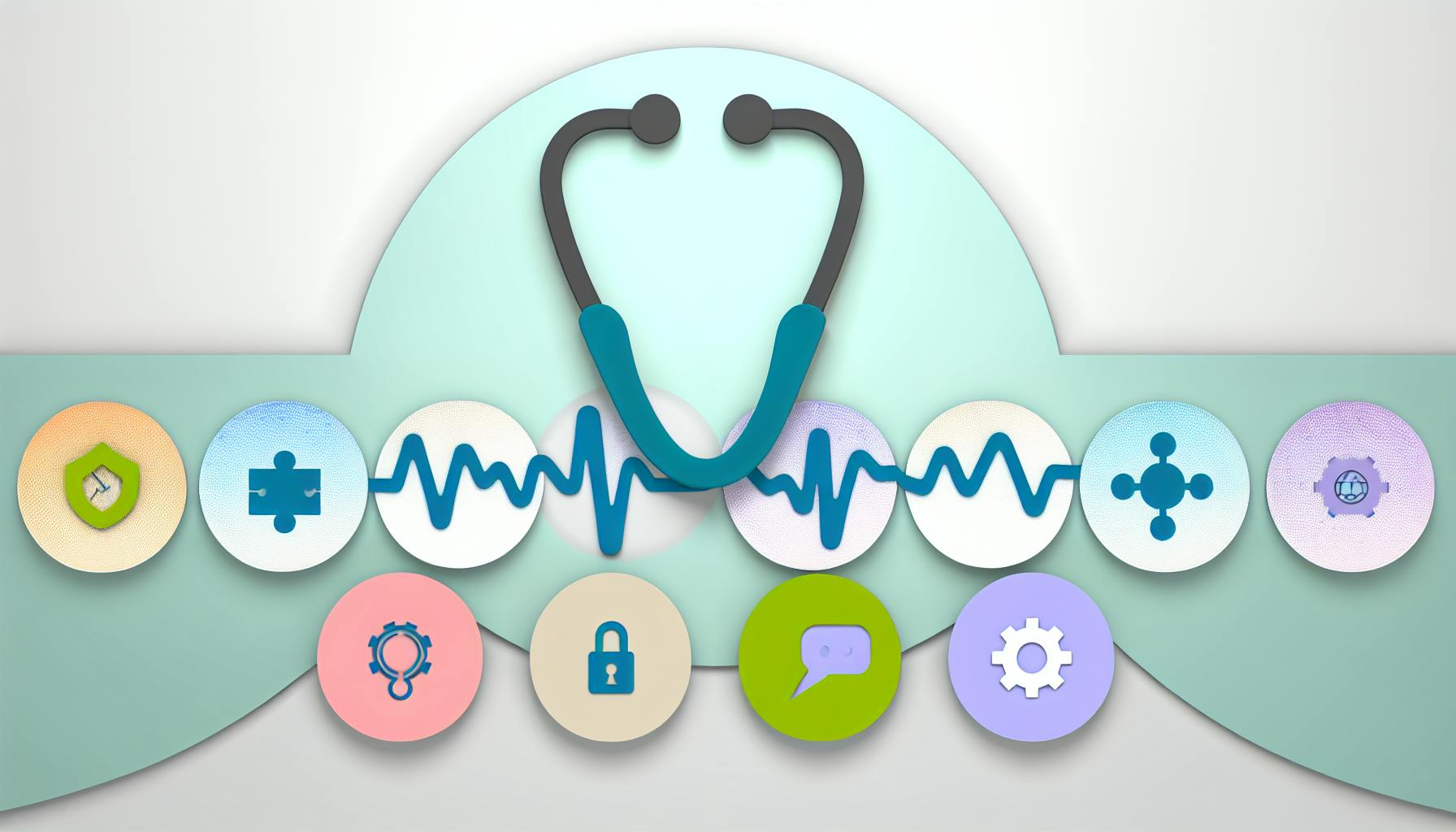When it comes to making computers understand and interact with human language, two main technologies come into play: Natural Language Processing (NLP) and Natural Language Understanding (NLU). Let's break down the essentials:
- NLP is about computers processing and analyzing large amounts of natural language data, handling tasks like translation, sentiment analysis, and speech recognition.
- NLU dives deeper, aiming to grasp the actual meaning and context behind the words, enabling more human-like interactions.
Both NLP and NLU are crucial for creating intelligent systems that can communicate naturally with us. While NLP lays the groundwork by analyzing language structures, NLU brings us closer to true conversational AI by understanding intent and context. Together, they power applications ranging from chatbots to healthcare diagnostics, making our interactions with technology more seamless and intuitive.
Quick Comparison
| Criteria | NLP | NLU |
|---|---|---|
| Focus | Processing language | Understanding meaning |
| Tasks | Translation, sentiment analysis | Intent identification, sentiment analysis |
| Applications | Chatbots, text summarization | Voice assistants, smarter chatbots |
In essence, while NLP works on the 'how' of language processing, NLU deals with the 'what' and 'why', striving to interpret the underlying messages and intentions.
Understanding Natural Language Understanding (NLU)
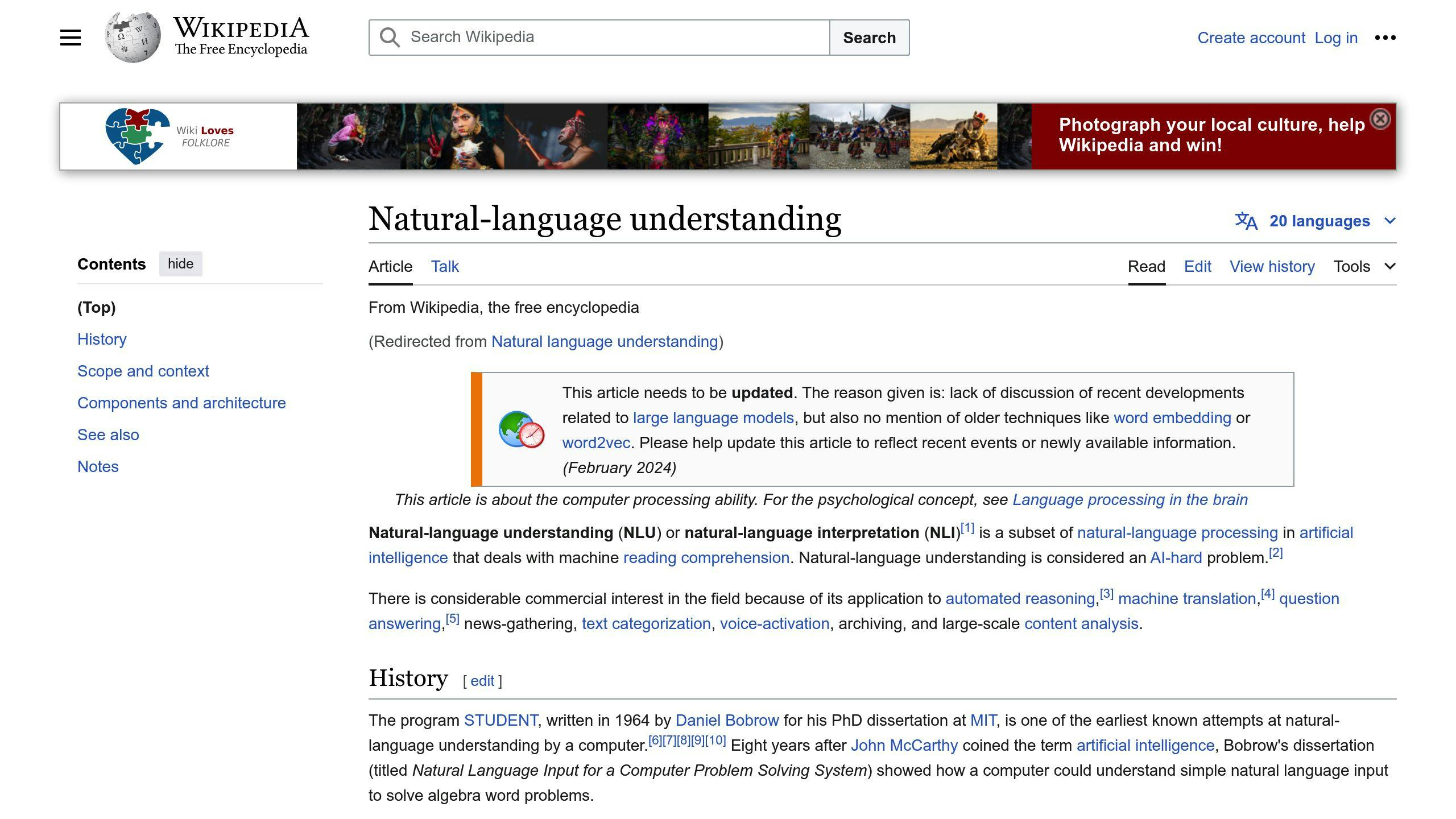
Natural Language Understanding (NLU) is a special part of Natural Language Processing (NLP) that helps computers really get what we're saying. While NLP deals with breaking down and analyzing language, NLU tries to figure out the meaning and context behind our words.
NLU uses a few smart ways to get the job done:
- Named Entity Recognition: This is about finding and classifying specific names in text, like people's names, places, or companies.
- Sentiment Analysis: This method works out if what we're saying is positive, negative, or neutral. It helps computers understand the feelings behind our words.
- Intent Identification: This is about figuring out what we're trying to do with our words, like asking a question, giving a command, or making a request.
- Semantic Role Labelling: This labels words in a sentence based on their role, like who is doing something, what they're doing, and where and when it's happening. It helps sort out the details of a situation.
By using these methods, NLU systems can move past just looking at language's structure to really understanding what's being said. This lets applications like voice assistants and chatbots get a better grip on what we want, making conversations feel more natural.
While NLP focuses on how language is put together, NLU digs into what language means. It helps machines catch the real message behind our words, making it easier for us to talk to them.
Key Differences Between NLP and NLU
Comparison Table
| Criteria | NLP | NLU |
|---|---|---|
| Focus | Working with natural language | Understanding the meaning of what's said |
| Tasks | Breaking down text, tagging parts of speech, translating | Recognizing names, figuring out feelings, understanding requests, sorting out details |
| Methods | Using statistics and learning from examples | Learning deeply from examples |
| Applications | Helping chatbots, summarizing text, analyzing feelings | Making voice assistants smarter, improving chatbots, helping search engines |
NLP is all about helping machines deal with our language. It breaks down what we say or write into smaller parts that computers can understand. This includes tasks like breaking down text, labeling words as nouns or verbs, and translating languages. NLP uses statistics and learns from examples to get better.
NLU goes a step further and tries to understand the actual meaning behind our words. It looks at the names mentioned, the tone (happy or sad), what we're asking for, and the finer details of a situation. NLU uses more advanced learning to really get what we're saying.
While NLP works on understanding the structure of language, NLU digs into what our words mean. NLP helps with things like making chatbots and summarizing text, while NLU makes things like voice assistants and chatbots understand us better. Both are important for making machines understand and use natural language, but they focus on different parts.
NLG: Natural Language Generation
Natural Language Generation (NLG) is all about getting computers to create language that we can read or listen to. Unlike Natural Language Processing (NLP), which helps computers understand what we say or write, NLG is focused on making computers produce language by themselves.
While NLP breaks down and makes sense of the language we use, NLG starts with structured information and turns it into sentences or speech that sound natural to us.
Here's how NLG is different from NLP/NLU:
- Objective: NLG's job is to create text or speech. NLP/NLU work on understanding what's being said or written.
- Input: NLG uses organized data to start with, while NLP takes in language as it comes, without any specific order.
- Process: NLG involves planning what to say and then putting it into words. NLP is about taking apart language to find its meaning.
- Methods: NLG uses a mix of templates, rules, and smart models to write or speak. NLP relies on these tools to analyze and understand language.
Applications of NLG
NLG helps in many ways, like:
- Conversational Agents: It makes chatbots and voice assistants talk back to us in a way that sounds real.
- Data-to-Text: NLG can turn numbers and data into reports or summaries that are easy to read.
- Creative Writing: It can help writers come up with ideas or edit their work.
- Personalization: NLG can tweak messages to fit different people or groups.
In recent years, new tech has made NLG better at creating smooth and natural-sounding text. But, getting the meaning right and thinking logically are still tough for NLG systems. As the tech gets better, NLG is making it easier for us to talk to machines just like we do with people.
sbb-itb-527d68c
Applications of NLP and NLU
NLP and NLU are really useful in healthcare. They help make things like keeping track of patient info and helping doctors and patients communicate better. Here are some ways they're used:
Clinical Documentation
NLP helps look through doctors' notes and finds important info like medical terms, medications, and symptoms. This turns messy notes into neat data that can be used for things like billing. NLU makes sure the system understands the context of these notes.
For instance, an NLP system could go through a doctor's notes from a patient visit. It would pick out important medical terms and their connections to accurately note down diagnoses, tests, medications, and follow-ups. This info could then fill in the electronic health records (EHR), saving doctors a lot of time.
Medical Speech Recognition
NLU helps voice assistants understand doctors as they talk about patient care. These systems can write down what's said, catching medical terms and their meanings correctly. This is important for making useful clinical notes without needing manual typing, which can help reduce doctor burnout.
Health Chatbots
NLP and NLU let chatbots understand and respond to patient questions accurately. NLU helps the chatbot figure out what the patient is really asking and give answers that make sense for their specific situation. This could be about symptoms, medications, or test results, helping patients stay informed.
Clinical Decision Support
NLP can gather and analyze info from patient health records and medical databases. NLU helps make sense of patient symptoms, histories, and conditions to suggest the best diagnosis and treatment options.
These systems use NLP and NLU to turn lots of medical data into helpful advice for doctors, helping them plan the best care for each patient. This leads to better health outcomes.
Overall, using NLP and NLU in healthcare helps make sense of complex medical info. It turns big, messy data into something doctors and patients can use to make better health decisions.
Current Challenges and Future Outlook
Even though we've come a long way with NLP and NLU, there are still big hurdles to jump over, especially when it comes to medical talk.
Limitations in Understanding Medical Jargon and Acronyms
One big challenge is that medical talk is full of special words and short forms that mean very specific things. For NLP systems, it's super tough to always get these right. For instance, "MI" could mean a heart attack, a heart valve problem, or mental illness depending on the situation. If the computer doesn't get the context, it could get confused.
Also, medical terms like "diaphoresis" (sweating a lot), "palliative care" (care to make you comfortable), or "differential diagnosis" (figuring out what disease you might have from similar symptoms) are really specific. Most NLP systems still can't fully grasp these terms because they don't know enough medical stuff.
Challenges in Understanding Medical Logic and Reasoning
Another issue is that NLP systems find it hard to think like doctors. Doctors use a lot of logic and knowledge to figure out what's wrong with you, what could happen next, what medicine to give, and how to take care of you. This kind of thinking is very complex, and NLP isn't there yet. So, computer-based help for doctors might miss some important logic that doctors see easily.
Difficulties Handling Errors and Uncertainty
Medicine isn't always black and white. There's a lot of guesswork and sometimes mistakes in the information. This makes it hard for NLP systems to deal with wrong or unclear info.
For example, if there's a mistake in the doctor's notes, or if the speech recognition system doesn't get medical terms right, the NLP system might end up with the wrong idea. It's tough for these systems to spot mistakes or clear up confusion on their own.
The Need for More Representative Medical Data
A big problem is that most NLP models learn from very formal medical records, which don't really capture how doctors and patients talk in real life. This means NLP systems might struggle with slang, vague symptom descriptions, or the unique way doctors think during diagnoses.
We need more diverse data to teach these systems about the wide range of ways people talk about health.
Ongoing Developments to Watch
Despite these challenges, there's a lot of exciting progress:
-
Reinforcement learning could help NLP systems get better at medical thinking by trying things out and learning from mistakes.
-
Better unstructured data handling might help understand informal talk and descriptions better.
-
Enriched medical ontologies and knowledge bases could provide a deeper understanding of specific medical terms and phrases.
-
Multimodal learning that uses both text and voice could catch more clues from how something is said, not just what is said.
As we keep researching, there's hope that NLP could one day be as good as human doctors at understanding medical talk. But for now, making sense of medical language is still a big challenge.
Conclusion
NLP and NLU help computers understand and use human language. They're a bit like teammates, each with a special job:
- NLP is all about breaking down language into bits that computers can handle. It does things like translating between languages, sorting information, and finding key points in text.
- NLU goes deeper by trying to figure out what people really mean when they talk or write. It looks at the context and the hidden messages in words to get the full picture.
These technologies are super important for things like talking robots, helpful chatbots, and systems that manage medical records.
In the medical world, NLP and NLU are crucial because:
- NLP picks out important bits from doctors' notes, like symptoms and treatments, and organizes them neatly.
- NLU dives into the details, understanding the specifics of medical conditions and patient stories to offer better help.
But, there are still big challenges. Medical language is complex, and sometimes computers get confused by the special terms or the way doctors think. Plus, there's so much information out there, and not all of it is clear or correct.
Research is ongoing, and there's hope that with more medical knowledge and real-life examples, these technologies will get even better at understanding health-related talk. Getting to a point where computers can understand medical language as well as humans is a big goal.
In short, while NLP deals with the nuts and bolts of language, NLU tries to grasp the deeper meaning. Both are super important for making computers and humans understand each other better, especially when it comes to health care. As these technologies improve, they could really change the way we talk to machines and use information.
Related Questions
What is the difference between spoken language understanding and natural language understanding?
Spoken language understanding (SLU) and natural language understanding (NLU) both aim to get what people mean when they use language.
Here's how they're different:
- SLU deals with voice commands and requests, while NLU works with written text.
SLU works with voice recognition to figure out what people are asking for. NLU looks at written words to understand their meaning. This means SLU understands spoken words, and NLU understands written words. Both try to figure out the meaning behind the words.
What is the difference between neuro linguistic programming and natural language processing?
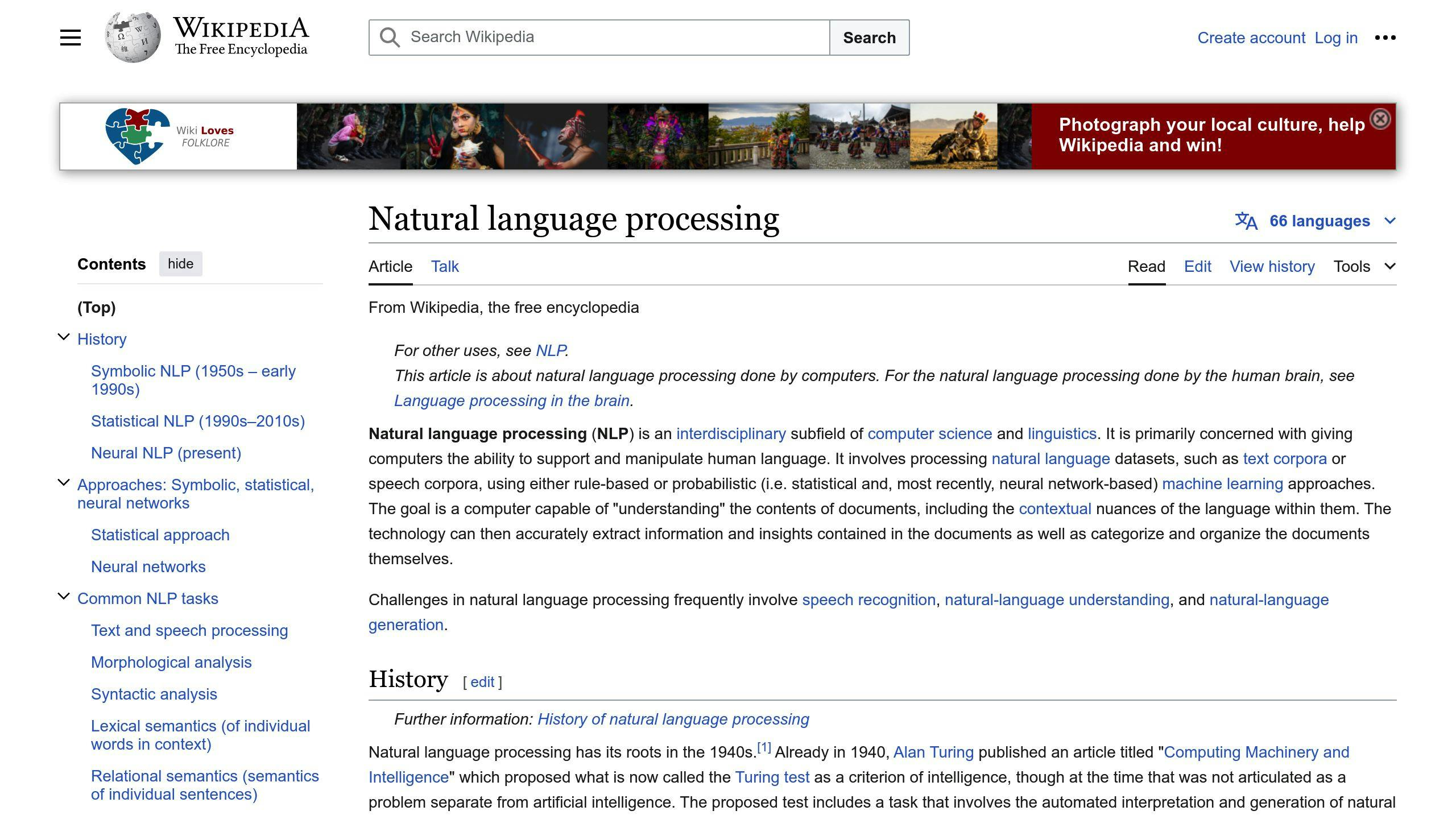
Neuro linguistic programming (NLP) and natural language processing (also called NLP) are totally different things:
- NLP (the psychology one) is about improving how we communicate and understand ourselves using certain techniques.
- Natural language processing (NLP) (the computer one) is about making computers understand and use human language.
So, one NLP is about human self-help and communication, and the other NLP is about teaching computers to understand language.
What is the main goal of natural language understanding NLU in NLP?
The big goal of NLU is to make computers really get what we mean, not just the words we use but the actual ideas and feelings behind them. NLU aims to:
- Figure out what we're talking about
- Understand what we want to do with our words
- Catch feelings or opinions we might express
This helps make things like chatbots and voice assistants smarter, so they can chat with us more like real people.
What is the difference between NLP and non NLP?
Here's how NLP and non-NLP systems are different:
NLP
- Gets the hidden meanings and context in language
- Uses special methods to understand feelings and recognize important names
- Can deal with different ways of saying the same thing
Non-NLP
- Takes words at face value without understanding deeper meanings
- Needs information to be set up in a certain way
- Has a hard time with words or phrases that could mean different things
Basically, NLP can handle the way humans naturally talk, with all its complexity, while non-NLP systems need things to be more straightforward and clear-cut.
